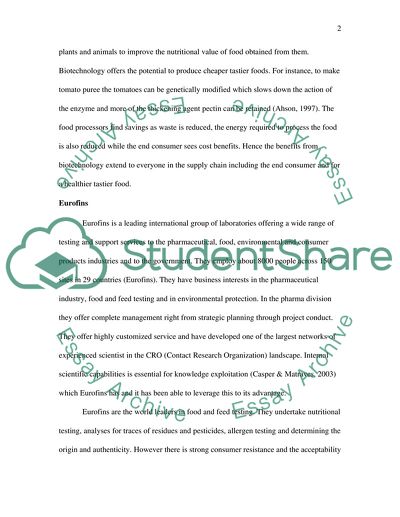Cite this document
(Benefits of Biotechnology Research Paper Example | Topics and Well Written Essays - 3000 words, n.d.)
Benefits of Biotechnology Research Paper Example | Topics and Well Written Essays - 3000 words. Retrieved from https://studentshare.org/technology/1722923-biotech-business
Benefits of Biotechnology Research Paper Example | Topics and Well Written Essays - 3000 words. Retrieved from https://studentshare.org/technology/1722923-biotech-business
(Benefits of Biotechnology Research Paper Example | Topics and Well Written Essays - 3000 Words)
Benefits of Biotechnology Research Paper Example | Topics and Well Written Essays - 3000 Words. https://studentshare.org/technology/1722923-biotech-business.
Benefits of Biotechnology Research Paper Example | Topics and Well Written Essays - 3000 Words. https://studentshare.org/technology/1722923-biotech-business.
“Benefits of Biotechnology Research Paper Example | Topics and Well Written Essays - 3000 Words”, n.d. https://studentshare.org/technology/1722923-biotech-business.


